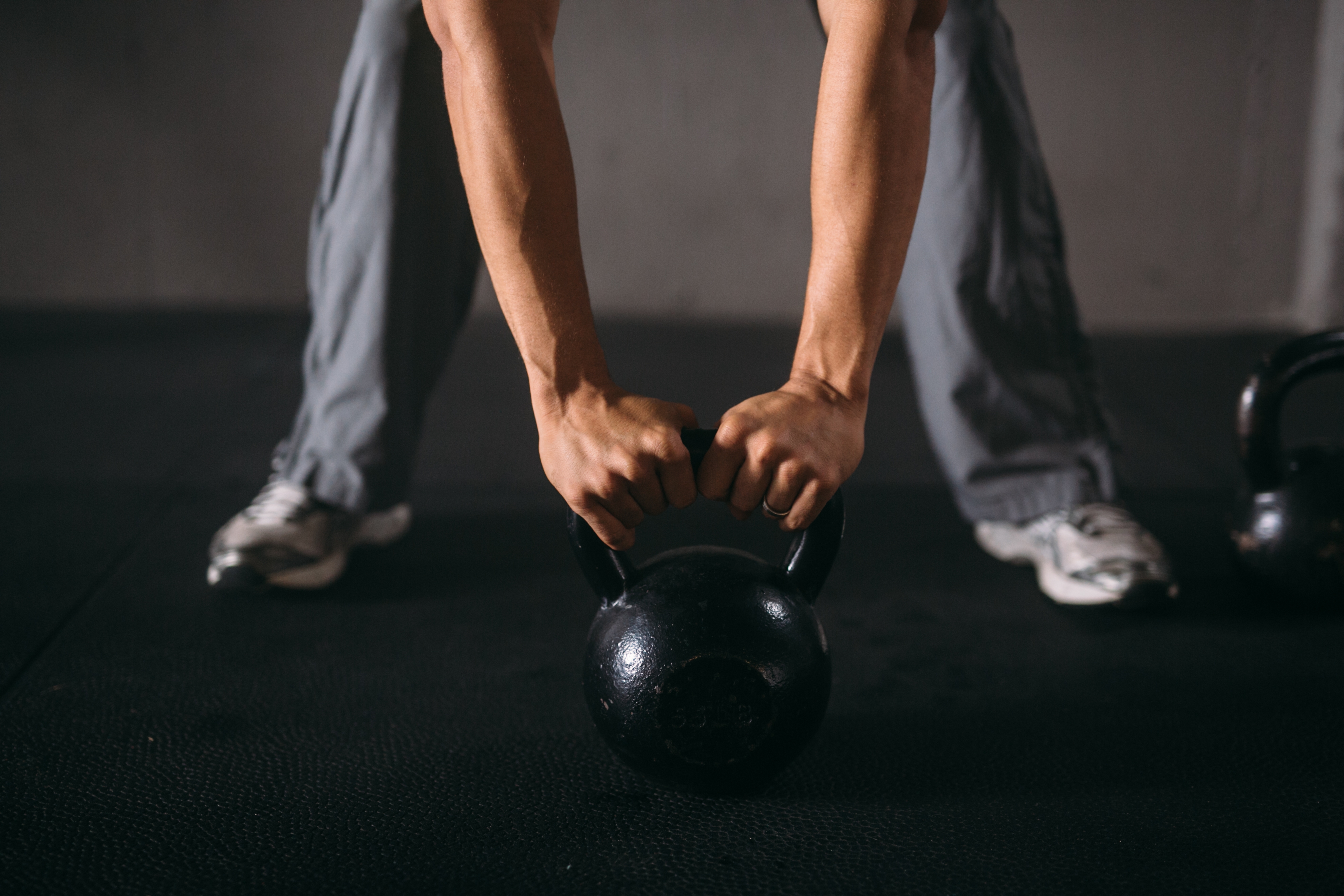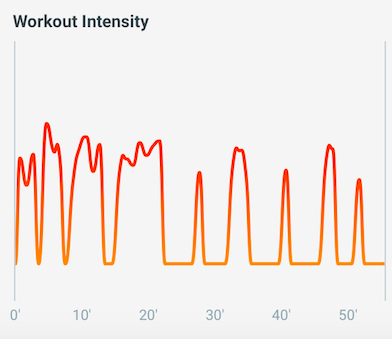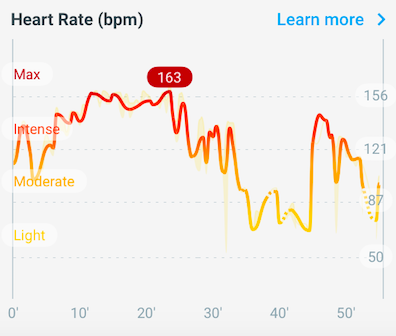
When it comes to maintaining a healthy weight, some people are happy to hit the trails, but for others, doing any single exercise for an extended amount of time can quickly lose its thrill. Luckily, if you’re looking to burn fat, maintain a healthy weight, and boost your health without spending hours pounding the pavement, there may be a workout that’s just as effective: high intensity interval training.
According to the American College of Sports Medicine, high intensity interval training (HIIT or even HIT) is a workout that “involves repeated bouts of high intensity effort followed by varied recovery times.” and their 2018 worldwide survey rated HIIT the #1 fitness trend. During the high intensity periods, your goal is to exercise at 80 to 90 percent of your “estimated maximal heart rate,” while recovery periods are only performed at an estimated 40 to 50 percent. As far as time is concerned, the ACSM suggests that “intense work periods may range from 5 seconds to 8 minutes” and that recovery periods can match that length. Overall, the workout can last anywhere from twenty minutes to an hour.

But what are the benefits of high intensity interval training? A 2008 study published in the International Journal of Obesity concluded that high intensity interval training “three times per week for 15 weeks compared to the same frequency of SSE [steady-state exercise] was associated with significant reductions in total body fat, subcutaneous leg and trunk fat, and insulin resistance in young women.” According to the study, which included forty-five women between the ages of 18 and 22, both the HIIT (or HIIE) exercise group and the SSE group demonstrated an improvement in cardiovascular fitness. However, only the HIIE group experienced a significant reduction in total body mass, fat mass, trunk fat, and even resting plasma insulin levels. Not only did the high intensity training help burn fat, it also improved the body’s ability to process sugar.
One thing to keep in mind, however, is that HIIT workouts are more taxing than steady-state, moderate-intensity cardio. The body needs more time to recover in between these challenging workouts, so if they are performed too frequently, there is a significant risk of overtraining. In fact, it is often recommended that individuals develop a strong aerobic base through sustained moderate-intensity activity before adding in or substituting HIIT workouts.

That being said, a high intensity exercise program can be tailored to fit the needs and fitness level of whoever is undertaking the exercise regimen. The American College of Sports Medicine suggests that “when developing a HIIT program, consider the duration, intensity, and frequency of the work intervals” as well as the “length of the recovery intervals,” factors that can be adjusted to increase or decrease how challenging the workout is. They explain that “as a good subjective indicator, the work interval should feel like you are exercising ‘hard’ to ‘very hard.’”
HIIT workouts can include an endless variety of different exercises, but if you’re unsure of how to get your high intensity interval ball rolling, Daily Burn offers 3 simple workouts for HIIT beginners with detailed instructions on rounds and repetitions.
Because of the challenging nature of HIIT, the American College of Sports Medicine notes that people “who have been living rather sedentary lifestyles” or those who have hypertension, diabetes, or abnormal cholesterol levels may need to seek medical clearance before beginning any hardcore HIIT exercises. However, according to an article published on ScienceDaily, recent research shows—once an individual receives the green light from their physician—that engaging in high intensity interval training can actually improve glucose metabolism in diabetics. The abstract for the research, which was conducted at the University of Turku in Finland, noted the importance of findings such as these that highlight “the underused potential of exercise in rapidly restoring the impaired skeletal muscle metabolism in subjects with impaired glucose metabolism.”
So whether you’re looking to get fit, burn fat, or even improve your blood glucose levels, adding in a few HIIT workouts may be just what you need to take your health to the next level.



